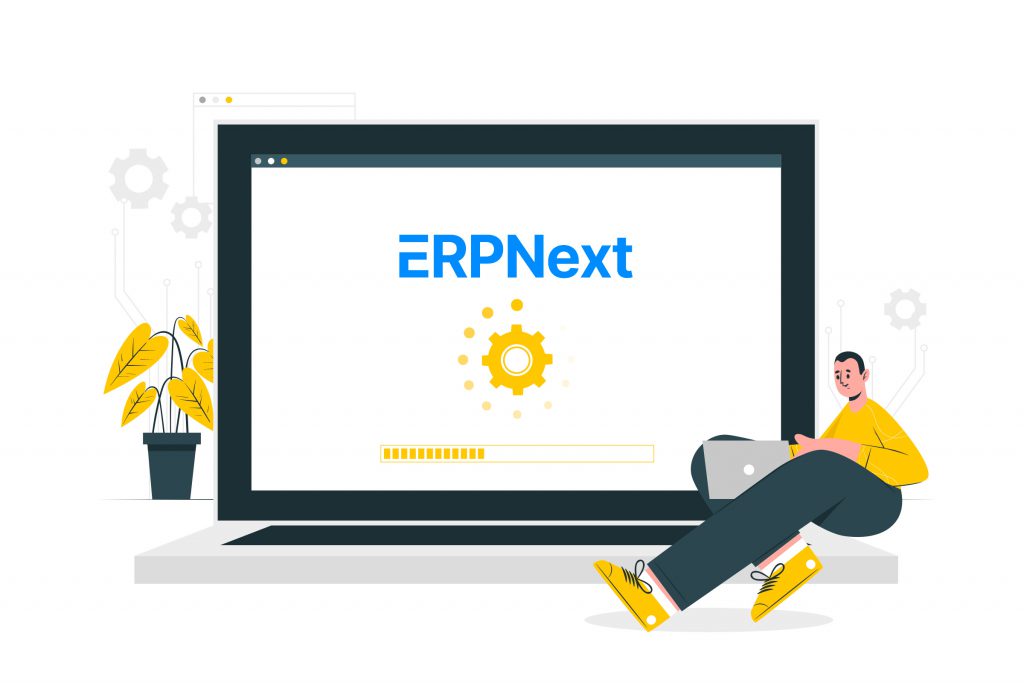Software is ever-evolving. This means that software developers will always try to improve upon pre-existing applications and software as a means of introducing new features whilst also improving the overall security and the performance of the software packages within them.
However, when it comes to ERPNext, there is a lot of data on the line in terms of what it manages, stores, and goes through regularly. Businesses that rely on ERPNext want as little downtime as possible to upgrade to the latest version of the software.
If you have gone over how to install ERPNext and have done ERPNext customization, you might want to upgrade the system to the latest software version. Remember that if you run into any issues, you can hire a freelance ERPNext consultant on Guru, the best platform for hiring freelancers.
Today, we are going to go over everything you need to know when it comes to updating ERPNext with ease.
The Importance of Upgrading ERPNext
One of the topics discussed online is upgrade issues that might arise when ERPNext is being upgraded; however, despite that, there is a much higher risk involved in letting an outdated version of the software manage everything. The latest iterations of ERPNext introduce several upgrades and security features, all of which enhance the overall experience.
Concerns to Keep In Mind
There are installation issues that can arise when upgrading ERPNext. In a majority of cases, however, the administrator is the person behind the issues due to the fact that they did not take the time to prepare correctly.
With that in mind, the developers behind ERPNext utilize a three-numerical version system for the software format—the major number, the minor version, and the patch level. There are a lot of things that can happen when doing a major jump, so ensure that you always make a full backup of the development system as well as a simple backup of the production system prior to beginning the procedure.
The Upgrade Procedure
After you have completed the proper backups, you can move forward with updating or upgrading ERPNext. Start by upgrading the system with the following command:
- sudo apt update
- sudo apt upgrade
Then, you will need to update the node-npm-arn:
- curl -fsSL https://deb.nodesource.com/setup_10.x 377 | sudo -E bash –
- sudo apt-get install -y nodejs
- sudo npm install -g npm
- sudo npm install -g yarn
Next, you can upgrade the frappe-bench:
- sudo -H pip3 install –upgrade frappe-bench
Move towards the installation directory with the following command:
- cd -the-directory-
Then engage the update commands:
- bench setup requirements
- bench update
You might receive an error here, which can be resolved with the following command:
- sudo systemctl start supervisor
- sudo systemctl enable supervisor
- sudo bench setup production -user-
You will now need to install the new version with the command:
- bench switch-to-branch version-14 frappe erpnext –upgrade
- sudo service nginx restart
- sudo supervisorctl reload
- bench update –patch
Again, you can update the bench with the command:
- bench update
- bench build
If you need to change the port, you can do so with this command:
- bench set-nginx-port site1.local 8080
- bench setup nginx
- sudo service nginx reload
Future-Proofing Yourself
Now, you have just come to the point in time when your ERPNext environment has been upgraded to the latest and greatest version. Next, you need to get into the user interface and test things to ensure everything runs properly.
Take the time to go over every feature of the system that your company uses and ensure that everything works according to plan. If it doesn’t, revert to your backup and try again. Once you’re finished, make sure that you make a backup of the full system one more time with the latest version of ERPNext so you’re covered when it comes to upgrading in the future.
Of course, if you’re looking for personalized assistance through the ERPNext updating process, Guru’s freelance ERPNext experts can easily help you through every step.



